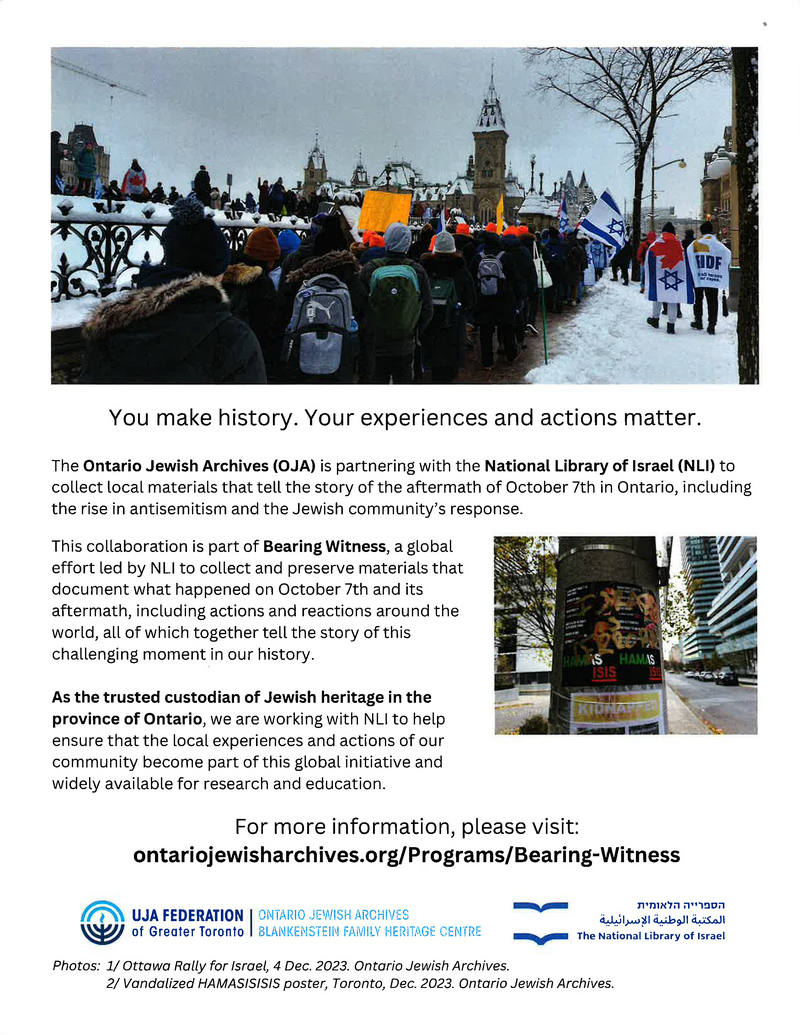Festivals & Holy Days
Festivals & Holy Days
Shabbat
Shabbat is one of the key observances that have kept the Jewish people alive and vibrant throughout our history. Following is a brief outline of some of the more important rituals that are traditionally observed: Candles are lit before sunset on Friday. Festive clothes are worn. Following Kabbalat Shabbat Services in shul, and prior to the first festive meal, we traditionally sing Shalom Aleichem, welcoming the Shabbat into our homes. Many also sing Eishet Chayil (Woman of Valour). Parents bless their children by placing their hands on the heads of their children and invoking the Priestly Benediction (the text can be found in the Siddur). The head of the household recites the Kiddush (formal Sanctification) over wine or grape juice. Following Kiddush, everyone prepares for the meal with ritual hand-washing using a special cup, and reciting the blessing al netilat yadayim. We refrain from speaking until the blessing over the challah (Hamotzi) is made, pieces are distributed, and everyone partakes.
The meal, which should be as elaborate as one can afford, is the first of three festive meals. Traditionally, Zemirot (Shabbat songs) are sung during the meals prior to Birkat HaMazon (Grace after Meals). A different Kiddush, called Kiddusha Rabba, is recited prior to the second meal, following Shacharit and Mussaf prayers in the morning.
Shabbat, as the day we refrain from work – and indeed all creative activities – is the ideal time to devote to Torah study as well as communal prayer. The third Shabbat meal follows Mincha, the afternoon prayers. With the conclusion of the day after dark on Saturday evening, we bid farewell to Shabbat after Ma’ariv (evening prayer). By reciting Havdalah, which formally separates Shabbat from the mundane days of the week. For Havdallah we employ wine or grape juice, a multi-wick candle (candle-lighting begins and ends Shabbat) and fragrant spices to lift our spirits as the Shabbat departs.
Rosh Hashanah
Rosh Hashanah is the first day of the New Year according to the Jewish calendars. The preparations for the two-day observance of Rosh Hashonah begin a month earlier on Rosh Chodesh Elul. Each morning we sound the shofar following Shacharit prayers, a ‘wake-up call’ to begin the process of repentance (Teshuvah). Rosh Hashanah is in fact referred to in the Torah as Yom Teruah (the day of the Sounding of the Shofar). Other names to which this holiday is referred are: Yom haDin (Day of Judgement) and Yom Hazikaron (Day of Memorial).
Not only are we judged by God, but we are expected to judge our own actions and draw the appropriate conclusions. The main theme of Rosh Hashanah is repentance, i.e. and opportunity for self-examination and to make amends for our mistakes and shortcomings.
Rosh Hashanah begins the period of Yamim Noraim (Days of Awe), which concludes with Yom Kippur. These ten days are called Aseret Yemei Teshuvah, the Ten Days of Repentence. Selichot (prayers of penitence) are said early in the morning while it is still dark outside, beginning the week before Rosh Hashanah and culminating with Yom Kippur. Traditionally during this period we visit the graves of our deceased relatives, as an act of devotion and respect. On the first day of Rosh Hashanah (the second day if the first is Shabbat) in the afternoon we observe a ritual called Tashlich, in which we symbolically ‘cast our sins away’ by throwing crumbs into a body of water. During the festive meals we eat a piece of challah in honey to symbolize our hope that the coming year will be a sweet one. Other traditional foods, called Simana Milta, symbolize our hope and aspirations for the coming year.
Thu, 25 April 2024
17 Nisan 5784
Today's Sefirah Count Is 2
| היום שני ימים לעמר |
Today's Calendar
| Chol Hamoed Pesach |
: 7:15am |
: 7:30pm |
: 7:50pm |
Tomorrow's Calendar
| Chol Hamoed Pesach |
: 7:15am |
: 7:00pm |
| Candle Lighting : 7:57pm |
Friday Night
: 7:00pm |
| Candle Lighting : 7:57pm |
Shabbat Day
: 9:00am |
: 7:40pm |
| Havdalah : 9:04pm |
Upcoming Programs & Events
Apr 25 |
Apr 28 |
May 1 |
May 2 |
May 5 |
Candle Lighting
| Friday, Apr 26, 7:57pm |
Havdalah
| Motzei Shabbat, Apr 27, 9:04pm |
Chol Hamoed Pesach
| Thursday, Apr 25 |











